The Chinese Evergreen is a beautiful, easy-to-care-for houseplant that can add beauty to any indoor space. The Chinese Evergreen is a great choice if you want a plant that will thrive with minimal care. This plant’s leaves are dark green and glossy, with white or light green veins running through them.
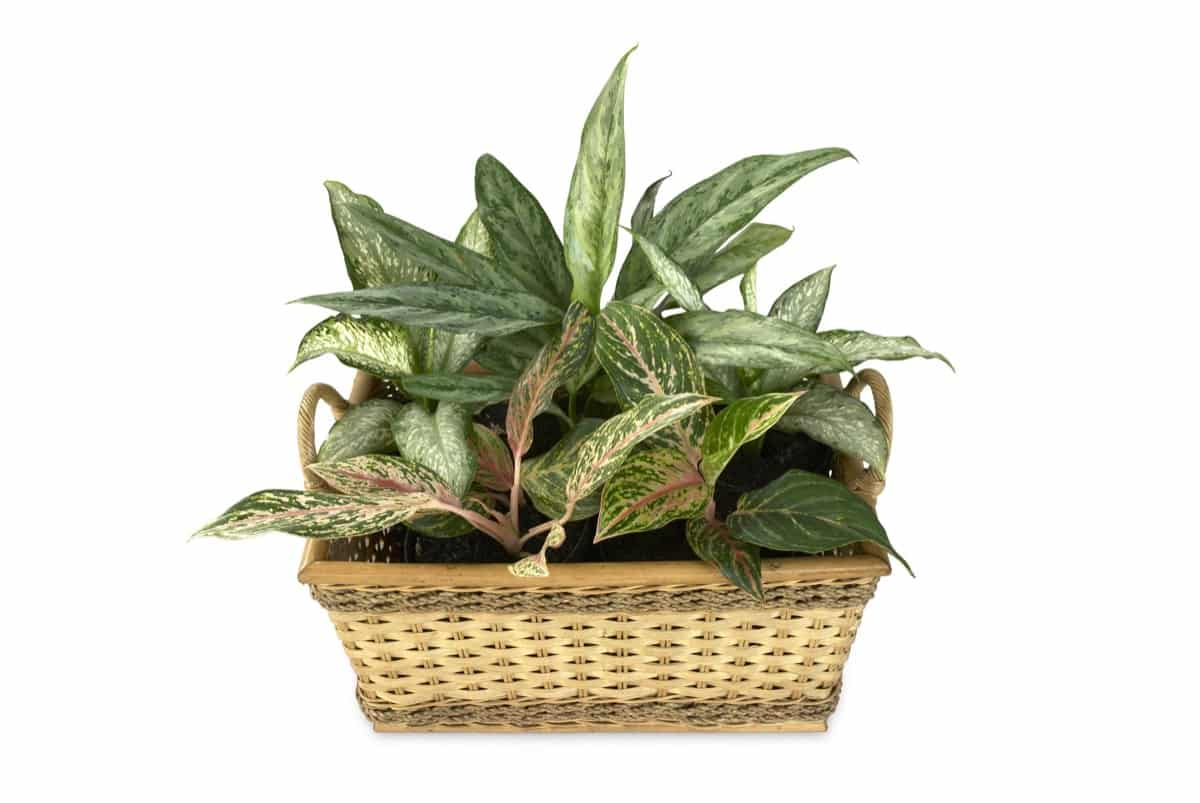
The plant blooms from spring to summer. These hardy plants are also tolerant of neglect and poor growing conditions. Although Chinese Evergreen plants are generally low-maintenance, you can do a few things to encourage healthy growth and prevent common problems.
How to grow and care for Chinese Evergreen indoors
Chinese Evergreen varieties
- Silver Bay – It has green leaves with silver markings. Silver Bay is a well-liked houseplant because it is tolerant of low-light conditions.
- Silver Queen – The Silver Queen is a type of Chinese Evergreen known for its striking silver and green leaves. The Silver Queen can tolerate low light levels, making it a popular choice for indoor plants.
- Emerald Bay – Emerald Bay is a type of Chinese Evergreen known for its beautiful, deep green leaves. Emerald Bay is a low-maintenance plant that does not require much care or attention.
- Cutlass – One of the most popular varieties is the Cutlass Chinese Evergreen, which gets its name from its distinctive leaf shape. The leaves of this plant are narrow and sword-like, giving it a striking appearance. Cutlass Chinese Evergreen is also known for being one of the more tolerant varieties, making it a good choice for beginners.
- Burmese Evergreen – It is a perennial with thick, dark green leaves that are typically marked with silver or white variegation. Burmese Evergreen is perfect for adding a touch of beauty to your home decor and is easy to care for.
- Maria Christina – Maria Christina is a type of Chinese Evergreen known for its beautiful, variegated leaves. The leaves of this plant are green and have white or yellow stripes running through them. This plant does well in medium to low light and prefers to be kept on the drier side.
- Maria – Maria is a type of Chinese Evergreen known for its glossy, dark green leaves. This plant is a popular choice for indoor gardens and office spaces because it is easy to maintain. Maria can tolerate low light levels and doesn’t require much watering, making it ideal for those who don’t have much time to dedicate to plant care.
- Amelia – As with most species of Chinese Evergreen, the Amelia variety is a slow-grower that does best in shady, humid conditions. It features dark green leaves with white or light green variegation and can reach up to three feet in height. This plant is also known for its durability, making it a good choice for those new to indoor gardening.
- Tigress – The tigress is the most popular type of Chinese Evergreen. Tigresses have large, dark green leaves and produce white or pale pink flowers.
In case you missed it: Growing Chinese Cabbage, Planting, Care, Harvesting
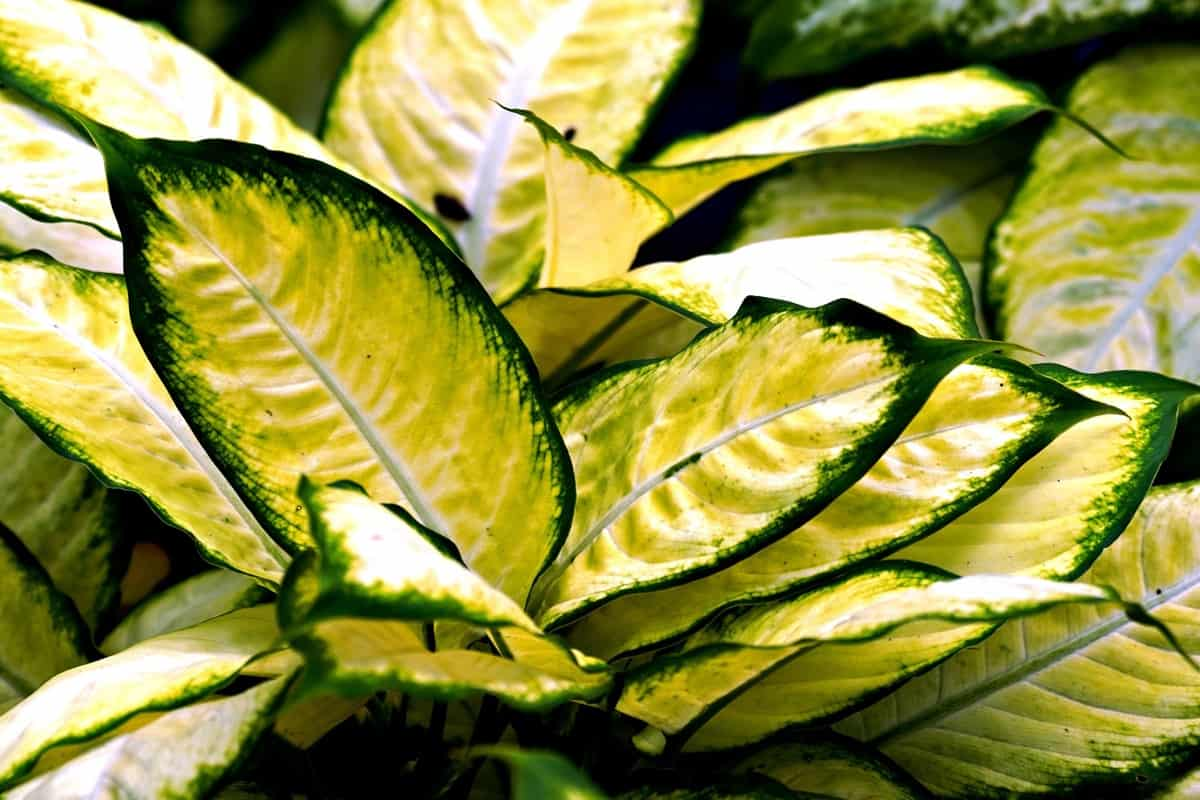
Climate suitable for growing Chinese Evergreen
When growing Chinese Evergreens is that they prefer a climate that is on the cool side. They can tolerate lower temperatures, but the leaves will turn brown and drop off if they get too cold. The plant prefers a warm and humid climate when growing Chinese Evergreen indoors. The ideal temperature range for Chinese Evergreen plants is between 15 to 24°C.
If the temperature dip below 15°C, the plant leaves will turn brown and drop off. In temperate climates, you can still grow Chinese Evergreen indoors by using a humidifier or placing the pot on a pebble tray. The plant’s humidity level should be between 40-50%.
Soil requirement for growing Chinese Evergreen
Chinese Evergreen is an ideal houseplant for beginning gardeners or those who don’t have a lot of time to devote to plant care. It’s a durable plant that can tolerate low light and neglect, although it will produce more foliage if given bright, indirect light. To grow Chinese Evergreen indoors, you’ll need a potting mix rich in organic matter and drains well. Choose a mix that contains peat moss or coco coir, as these will help to retain moisture without making the soil too soggy.
To improve drainage, add some perlite or vermiculite to the mix. When grown indoors, Chinese Evergreen prefers moist, well-drained soil. If your pot doesn’t have drainage holes, add some rocks or gravel to the bottom before adding the soil. When the top inch of soil dries, you should water Chinese Evergreen; during winter, you may only need to water every two weeks.
In case you missed it: How to Grow and Care for Arrowhead Vines Indoors
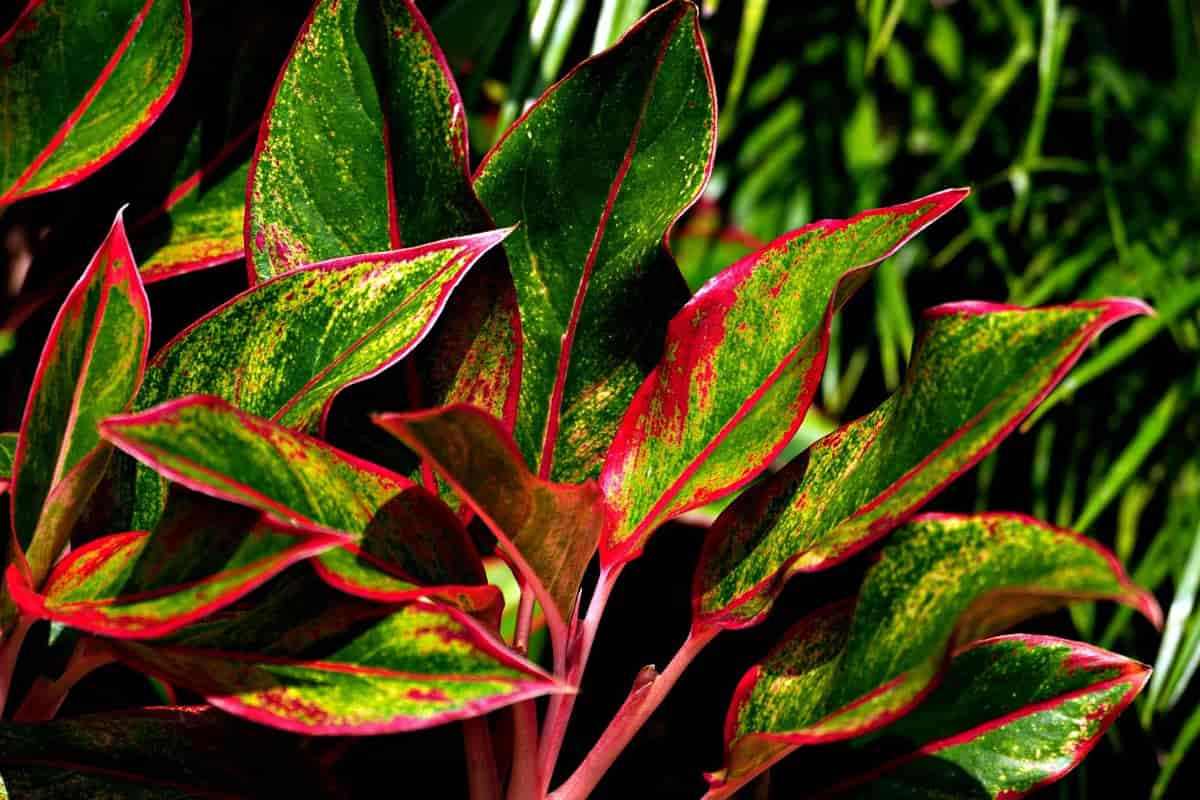
Water requirement for growing Chinese Evergreen
Chinese Evergreens can thrive indoors with little maintenance. While they can tolerate periods of drought, Chinese Evergreens prefer to be kept moist. When grown indoors, water when the top inch of soil feels dry. During the warmer months, you must be watered more frequently. It’s important not to over-water Chinese Evergreens, as this can lead to root rot. When potting or repotting Chinese Evergreen, use a well-draining potting mix and make sure the pot has drainage holes. These plants do not like waterlogged soil.
Pot size required for growing Chinese Evergreen
To determine the pot size required for growing your Chinese Evergreen, start by considering the plant’s current size and growth rate. If your plant is already close to the desired pot size, you can choose a pot that is only slightly larger. However, if your plant is small or has a fast growth rate, you must select a significantly larger pot.
Once you have selected the appropriate pot, fill it with well-draining soil and provide adequate drainage holes. To ensure your Chinese Evergreen has enough room to grow, select a pot that is only 2-3 inches wider than the root ball. If the roots are pot-bound, you may need to repot every other year.
Propagating Chinese Evergreen
Propagating Chinese Evergreenis a relatively easy process. You need a sharp knife, some rooting hormone, and a container filled with moist potting mix. Start by taking a 4-6 inch cutting from a healthy plant. Remove the lower leaves from the cutting, then dip the cutting into the rooting hormone. Next, place the cutting into the potting mix container, ensuring the cut end is buried beneath the soil surface.
Water well, then place the container in a warm, bright spot out of direct sunlight. Keep the soil moist; in 3 to 4 weeks, you may observe new growth emerging from the soil surface. Once your plants are established, you should transplant them into individual pots and care for them like any other Chinese Evergreen plant.
In case you missed it: How to Grow and Care for ZZ Plants Indoors: A Beginners Guide
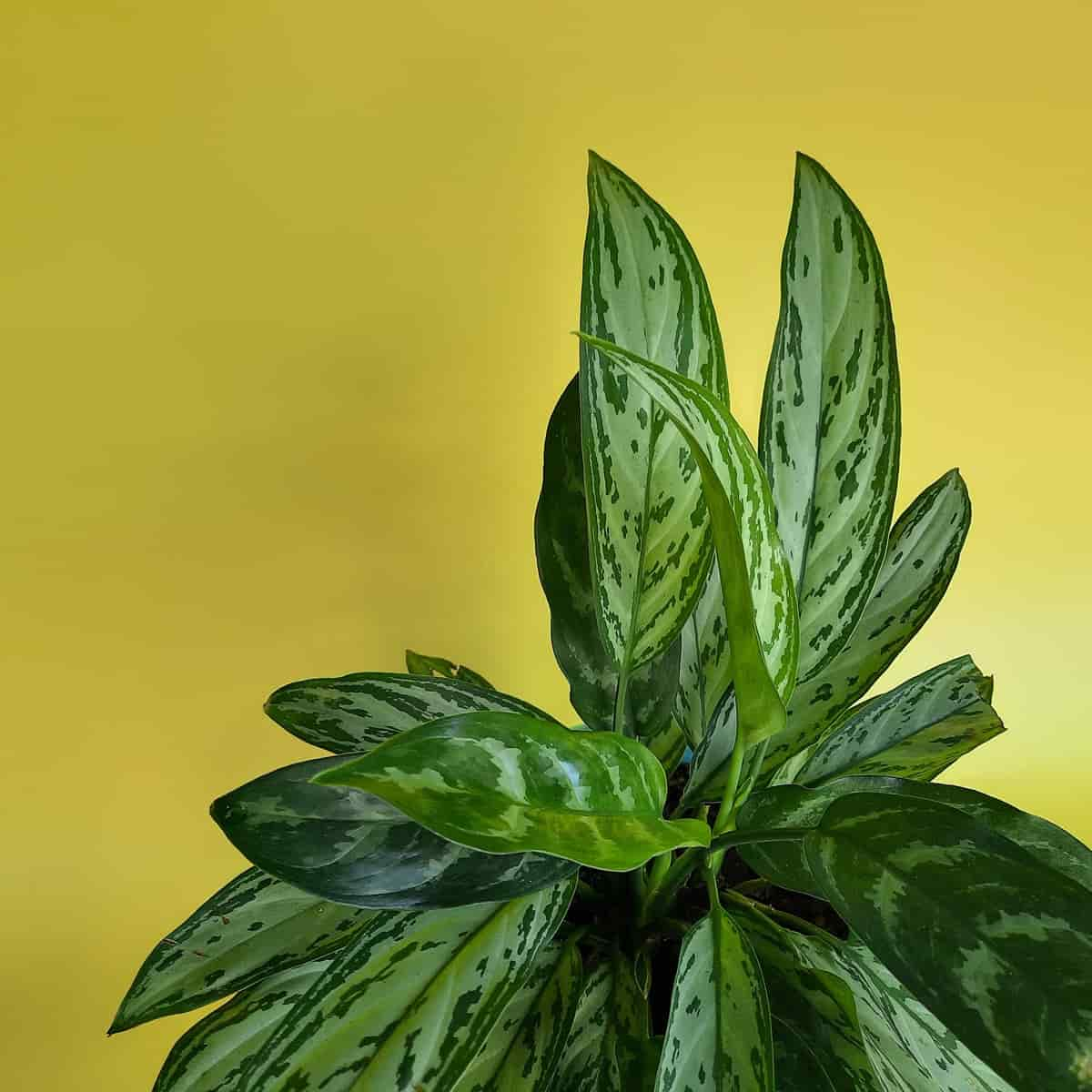
Chinese Evergreen plant care
Fertilizer requirement for growing Chinese Evergreen
Most Chinese Evergreen plants prefer slightly acidic soil. A general-purpose fertilizer that has an acidic pH will work well. You should follow the package directions, as too much fertilizer can damage your plant. Fertilizer requirements for Chinese Evergreen are relatively low. During the growing season, you can use a balanced fertilizer once every two weeks, from March through September.
Cut back to once a month during the fall and winter months. If you see the leaves begin to yellow, increase fertilization accordingly. When selecting a fertilizer, always look for one that is specifically designed for use on houseplants.
Pruning Chinese Evergreen plant
You’ll need to prune it regularly to encourage new growth and prevent your Chinese Evergreen from becoming leggy. Pruning also helps keep your plant healthy by removing dead or diseased leaves. Cut off any yellow or brown leaves using scissors or gardening shears. These leaves are no longer alive and won’t recover, so removing them is best.
Trim back any long or leggy stems. Cut the stem back to a point where several sets of leaves exist. This will encourage new growth and prevent your plant from becoming lopsided. If your plant looks overgrown, you can give it a more drastic pruning by cutting back all the stems to about 6 inches above the soil line. New shoots will soon emerge, and your plant will quickly bounce back.
Repotting Chinese Evergreen plant
When repotting Chinese Evergreen, you need to consider a few things. First, ensure the new pot is slightly larger than the current one. Second, use a well-draining potting mix that’s rich in organic matter. And lastly, water your plant thoroughly after repotting. Gently remove the Chinese Evergreen plant from the pot and place it in the new one.
In case you missed it: How to Grow Lipstick Plants Indoors: A Beginners Guide
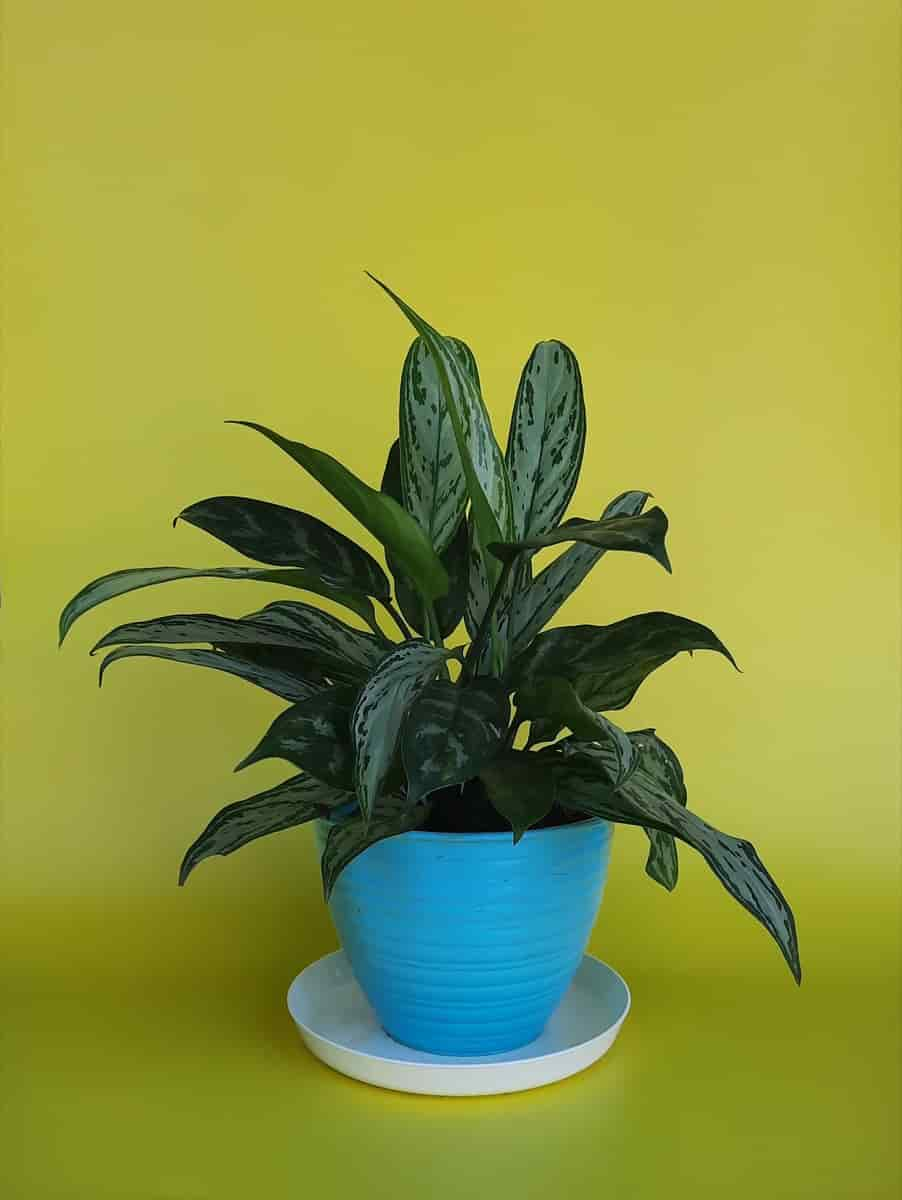
Be careful not to damage the roots in the process. Fill the plant with more potting mix, gently patting it down as you go. Water your plant thoroughly and give it time to adjust to its new home before moving it back to its regular spot indoors.
Chinese Evergreen plant care in winter
When the weather outside starts to cool down, you might not be thinking about your Chinese Evergreen. Make sure that your plant is getting enough light. It’s tempting to put your Chinese Evergreen in a sunny spot near a window, but sunlight is weaker in the winter, and plants need more of it. Move your plant closer to a south- or west-facing window, and consider adding a grow light if needed.
Keep an eye on temperature and humidity levels. To raise the humidity level around your plant, use a humidifier. Finally, give your plant a little extra water in the winter. A half-strength fertilizer every other week will help keep your Chinese Evergreen healthy and happy all winter.
Pests and diseases of Chinese Evergreen and their control
Spider mites cause leaves to turn yellow and eventually drop off. You can control spider mites with a strong stream of water or by using an insecticide designed for mites. Chinese Evergreen is susceptible to several fungal diseases, including root rot and leaf spot. Fungal diseases can be controlled with the use of fungicides.
In case you missed it: Top 10 Pollution killer Plants: Indoors and Outdoors

You can control pests and diseases on Chinese Evergreen plants in many ways. One way is to use biological control methods, such as introducing beneficial insects that prey on the pests. Another way is to use chemical controls such as insecticides and fungicides. Finally, good cultural practices such as sanitation and proper plant care can help prevent problems with pests and diseases.
Conclusion
The Chinese Evergreen is a more popular houseplant because it can thrive in various indoor conditions, making it a great choice for those new to growing houseplants. With proper care, Chinese Evergreen plants can thrive indoors. Be sure to give your plant enough light, water it regularly, and fertilize it regularly to encourage growth.
- Where to Place Indoor Plants in Your Home
- How to Grow Tomatoes Organically at Home: A Comprehensive Guide
- Organic Gardening on a Budget: Low-Cost Methods and Materials
- Gongura Seed Germination and Planting Methods
- Cabbage Seed Germination and Selection
- Broccoli Seed Germination and Selection
- Asparagus Seed Germination and Variety Selection
- Seasonal Flower Gardening: Best Practices for Spring, Summer, Fall, and Winter
- How to Grow Hibiscus from Flower
- Plantation Ideas for Home Decoration: A Beginners Guide
- Flower Garden Designs and Layouts for Beginners
- Planting and Spacing Techniques in Papaya: A Beginner’s Guide
- Growing Gold: Essential Techniques for Planting Pineapples
- How to Make Kalanchoe Plant Bushy: Home Remedies and Solutions
- 11 Reasons Why Your Gardenia is Not Blooming: Home Remedies and Solutions
- Eco Elegance: The Guide to Designing a Drought-Tolerant Landscape
- Gardening on a Slope: Strategies for Hillside Landscaping
- Nourish and Flourish: Top Organic Mulches for Thriving House Plants
- Everything You Want to Know about Indian Mogra Flower: Discover Uses and Growing
- Green Thumb Success: Expert Tips for Cultivating Greenhouse Pumpkins All Year Round
- Maximize Growth & Flavor: The Ultimate Guide to Companion Planting in Herb Gardens
- How to Control Rhododendron Problems Naturally: Home Remedies and Organic Ways to Fix Them
- Natural Magic: The Remarkable Benefits of Cinnamon for Plants
- Best Steps to Revive Dying Tulip with Natural and Organic Treatment
- 10 Reasons Why Your Angel Trumpet is Not Blooming: Remedies and Treatment
- How to Fix Periwinkle Leaf and Flower-Related Problems: Natural Remedies and Solutions
- How to Fix Zinnias Leaf and Flower Problems: Discover Natural and Home Remedies
- Organic Steps to Induce Lemon Tree Flowers: A Comprehensive Guide
- Bloom Booster: Crafting the Perfect Homemade Bougainvillea Fertilizer
- Optimizing Growth: A Guide to Applying NPK Fertilizer for Potted Plants
- 10 Best Homemade Fertilizers for Rubber Plant: DIY Recipes and Application Method
- How to Boost Female Pumpkin Flowers: Effective Steps for More Flowers and High Yields
- Transform Your Indoor Garden: Top Benefits of Pink Salt for Houseplants
- 10 Best Homemade Fertilizers for Peacock Plants (Calathea): Easy DIY Guide
- Unlock Blooms: 9 Reasons Why Your Potted Chrysanthemum is Not Blooming
- 8 Reasons Why Your Potted Hibiscus is Not Blooming: Fix it with Simple Solutions